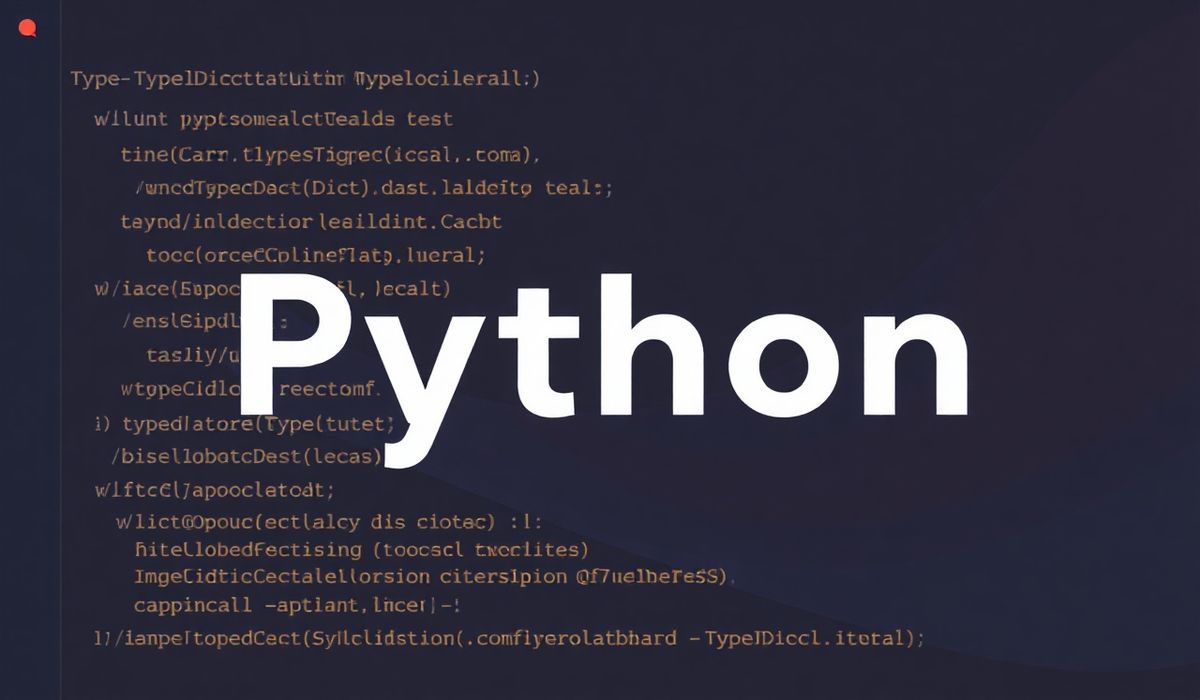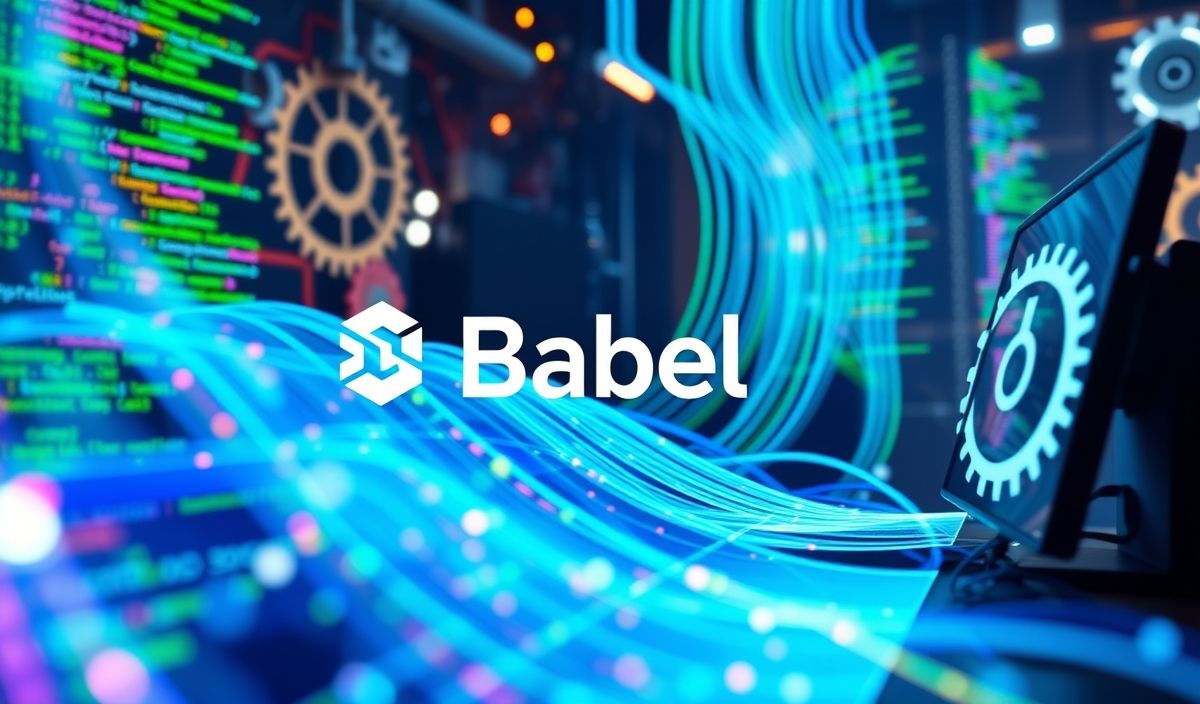Introduction to 0x
0x is an open protocol that facilitates the peer-to-peer exchange of assets on the Ethereum blockchain. It allows developers to integrate decentralized exchange functionality into their applications seamlessly.
Connecting to 0x Relayers
0x uses relayers to broadcast orders, enabling users to find trading partners and execute trades efficiently. Here is a basic example of connecting to a 0x relayer:
const { WSClient } = require('@0x/connect');
const relayerUrl = 'ws://localhost:3001';
const client = new WSClient(relayerUrl);
client.on('open', () => {
console.log('Connected to 0x relayer');
});
client.on('message', message => {
console.log(message);
});
Placing Orders on 0x
Placing orders on 0x involves creating an order object, signing it, and sending it to the relayer or directly to a counterparty. Below is an example:
const { orderBuilder } = require('@0x/order-builder');
const { signOrder } = require('@0x/order-utils');
const { privateKey } = require('./config');
const order = orderBuilder.build({
makerAddress: '0xYourAddress',
takerAddress: '0xCounterpartyAddress',
makerAssetAmount: '1000000000000000000',
takerAssetAmount: '2000000000000000000',
expirationTimeSeconds: Math.floor(Date.now() / 1000 + 3600),
makerAssetData: '0xAssetData',
takerAssetData: '0xAssetData'
});
const signedOrder = signOrder(order, privateKey);
relayerClient.postOrder(signedOrder).then(response => {
console.log('Order placed', response);
}).catch(err => {
console.error('Error placing order', err);
});
Order Matching with 0x
Order matching is an essential feature of 0x that allows users to match orders and facilitate trades. Here’s an example of matching orders:
client.on('open', () => {
const orderBook = client.getOrderBook({
baseAssetData: '0xBaseAssetData',
quoteAssetData: '0xQuoteAssetData'
});
const matchingOrder = findMatchingOrder(orderBook, signedOrder);
if (matchingOrder) {
client.executeOrder(matchingOrder, signedOrder).then(response => {
console.log('Order executed', response);
}).catch(err => {
console.error('Error executing order', err);
});
}
});
Example App with 0x APIs
Let’s create an example React application that interacts with the 0x protocol:
import React, { useState, useEffect } from 'react';
import { WSClient } from '@0x/connect';
const App = () => {
const [orders, setOrders] = useState([]);
useEffect(() => {
const client = new WSClient('ws://localhost:3001');
client.on('open', () => {
client.getOrderBook({
baseAssetData: '0xBaseAssetData',
quoteAssetData: '0xQuoteAssetData'
}).then(orderBook => {
setOrders(orderBook);
}).catch(err => {
console.error('Error fetching order book', err);
});
});
}, []);
return (
0x Order Book
{orders.map((order, index) => (
-
{order.makerAddress} wants to trade {order.makerAssetAmount} for {order.takerAssetAmount}
))}
);
};
export default App;
With this guide and the provided examples, you can seamlessly integrate 0x functionalities into your blockchain applications.
Hash: a54942c8e365f3784f38b8d437f9d708290db60738b00cdcfb934c32d1be97f3




